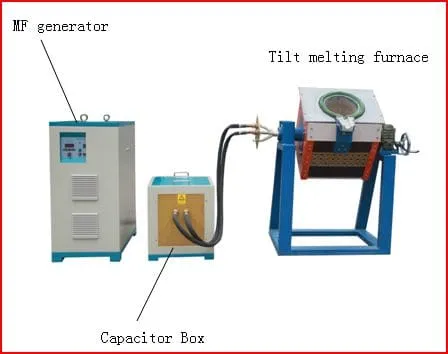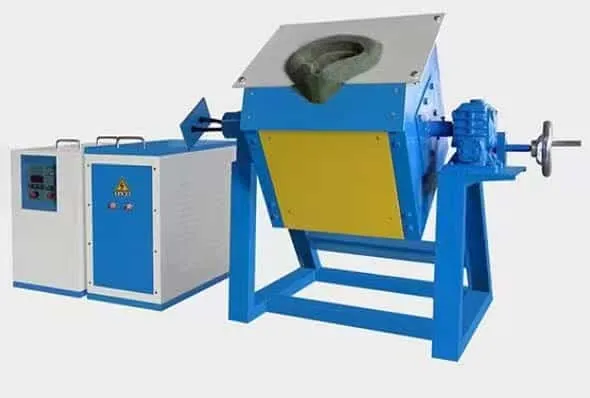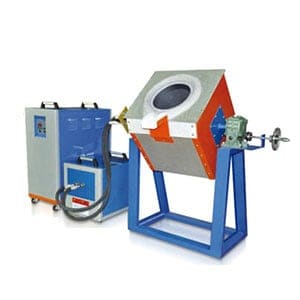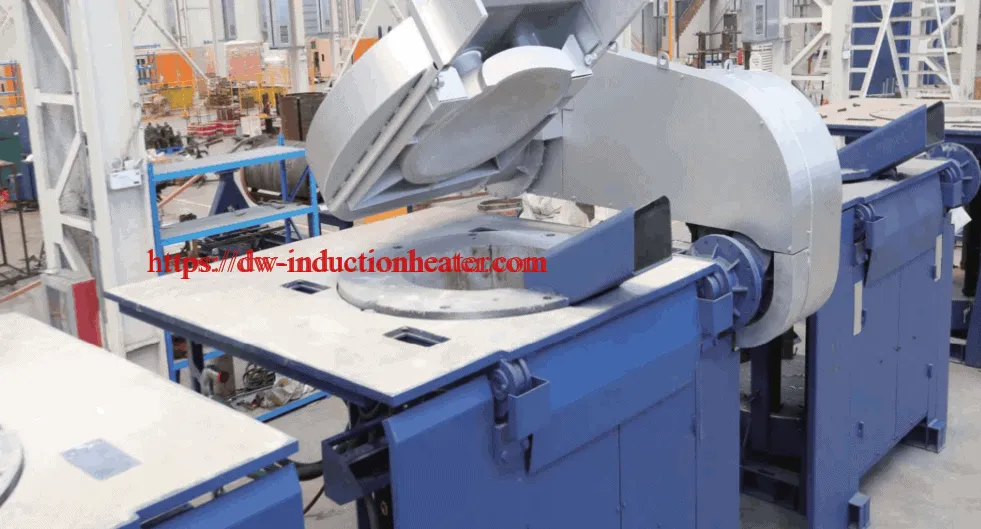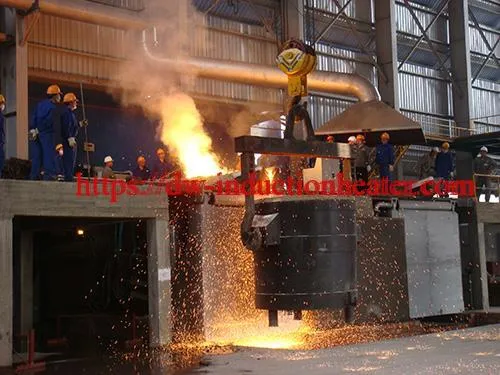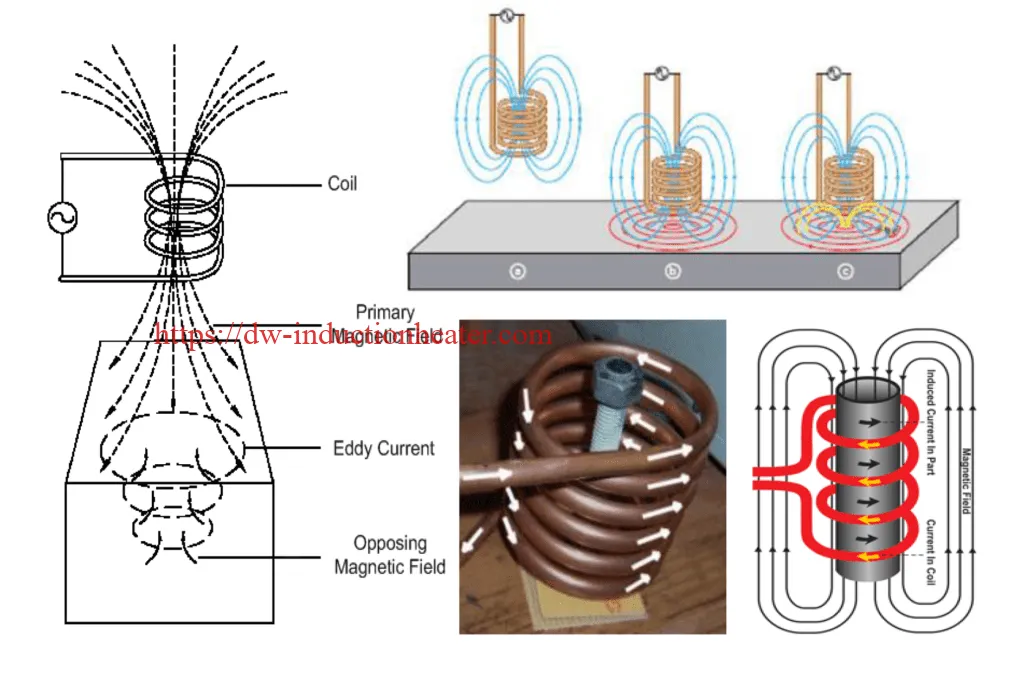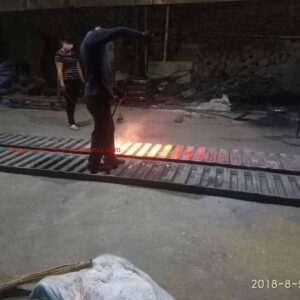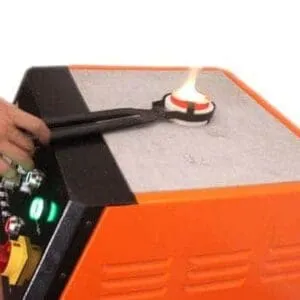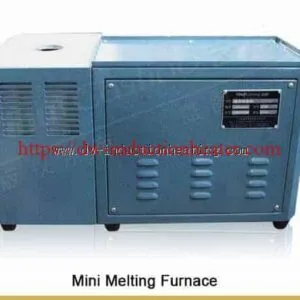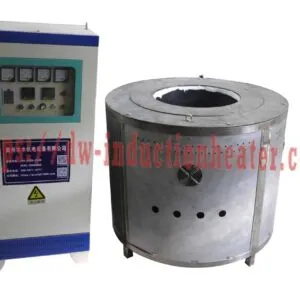-
1/7
-
2/7
-
3/7
-
4/7
-
5/7
-
6/7
-
7/7
ELECTRIC INDUCTION FURNACE
ELECTRIC INDUCTION FURNACE
The electric induction furnace is a type of melting furnace that uses electric currents to melt metal. Induction furnaces are ideal for melting and alloying a wide variety of metals with minimum melt losses, however, little refining of the metal is possible.
PRINCIPLE OF INDUCTION FURNACE
The principle of induction furnace is the induction heating.
INDUCTION HEATING: Induction heating is a form of non-contact heating for conductive materials.
The principle of induction heating is mainly based on two well-known physical phenomena:
1. Electromagnetic induction
2. The Joule effect
1) ELECTROMAGNETIC INDUCTION
The energy transfer to the object to be heated occurs by means of electromagnetic induction.
Any electrically conductive material placed in a variable magnetic field is the site of induced electric currents, called eddy currents, which will eventually lead to joule heating.
2) JOULE HEATING
Joule heating, also known as ohmic heating and resistive heating, is the process by which the passage of an electric current through a conductor releases heat.
The heat produced is proportional to the square of the current multiplied by the electrical resistance of the wire.
Induction heating relies on the unique characteristics of radio frequency (RF) energy – that portion of the electromagnetic spectrum below infrared and microwave energy.
Since heat is transferred to the product via electromagnetic waves, the part never comes into direct contact with any flame, the inductor itself does not get hot and there is no product contamination.
–Induction heating is a rapid, clean, non-polluting heating.
–The induction coil is cool to the touch; the heat that builds up in the coil is constantly cooled with circulating water.
FEATURES OF ELECTRIC INDUCTION FURNACE
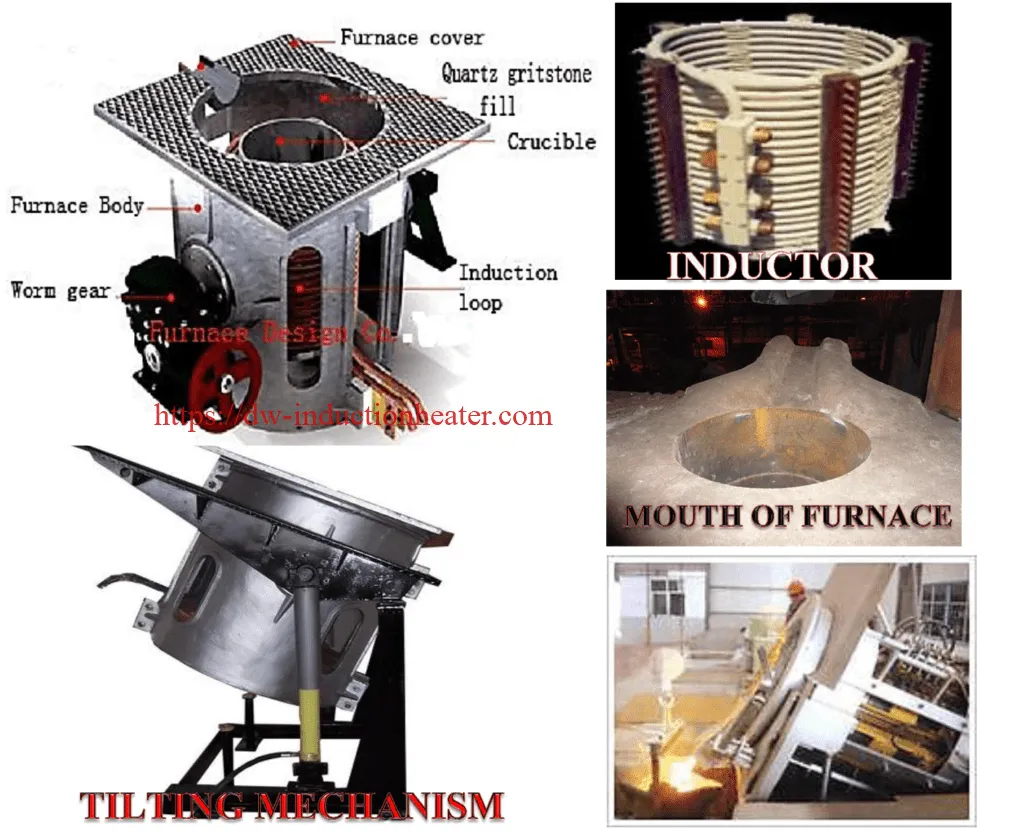
— An electric induction furnace requires an electric coil to produce the charge. This heating coil is eventually replaced.
–The crucible in which the metal is placed is made of stronger materials that can resist the required heat, and the electric coil itself cooled by a water system so that it does not overheat or melt.
— The induction furnace can range in size, from a small furnace used for very precise alloys only about a kilogram in weight to a much larger furnaces made to mass produce clean metal for many different applications.
–The advantage of the induction furnace is a clean, energy-efficient and well- controllable melting process compared to most other means of metal melting.
–foundries use this type of furnace and now also more iron foundries are replacing cupolas with induction furnaces to melt cast iron, as the former emit lots of dust and other pollutants.
— Electric Induction furnace capacities range from less than one kilogram to one hundred tonnes capacity, and are used to melt iron and steel, copper, aluminium, and precious metals.
–The one major drawback to induction furnace usage in a foundry is the lack of refining capacity; charge materials must be clean of oxidation products and of a known composition, and some alloying elements may be lost due to oxidation (and must be re-added to the melt).
ADVANTAGES OF ELECTRIC INDUCTION FURNACE:
Electric Induction furnaces offer certain advantages over other furnace systems. They include:
Higher Yield. The absence of combustion sources reduces oxidation losses that can be significant in production economics.
Faster Startup. Full power from the power supply is available, instantaneously, thus reducing the time to reach working temperature. Cold charge-to-tap times of one to two hours are common.
Flexibility. No molten metal is necessary to start medium frequency coreless induction melting equipment. This facilitates repeated cold starting and frequent alloy changes.
Natural Stirring. Medium frequency units can give a strong stirring action resulting in a homogeneous melt.
Cleaner Melting. No by-products of combustion means a cleaner melting environment and no associated products of combustion pollution control systems.
Compact Installation. High melting rates can be obtained from small furnaces.
Reduced Refractory. The compact size in relation to melting rate means induction furnaces require much less refractory than fuel-fired units Better Working Environment. Induction furnaces are much quieter than gas furnaces, arc furnaces, or cupolas. No combustion gas is present and waste heat is minimized.
Energy Conservation. Overall energy efficiency in induction melting ranges from 55 to 75 percent, and is significantly better than combustion processes.



